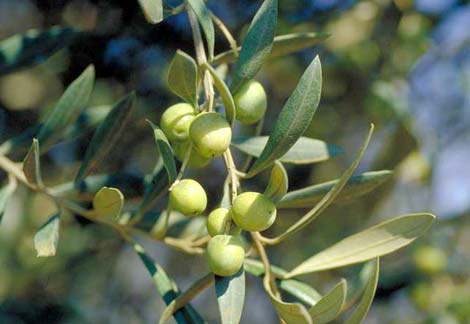
Soft, oozing mozzarella, rich golden, extra virgin olive oil, fresh basil, aromatic tomatoes, pungent garlic, Tuscan bread fresh from the oven, makes your mouth water just thinking of them. These are the colors, textures and flavors of “The Mediterranean Diet – Tuscan Style”. Now close your eyes and imagine relaxing by the pool, washing it down with a glass of fine Tuscan wine in the company of family and friends and you’ve discovered a lifestyle secret that Tuscans have known about for centuries.
Villa al Boschiglia is proud to offer you the chance to savour – “The Mediterranean Diet – Tuscan Style”.
Book the Villa during December 2008 for a stay at any time in 2009 and we’ll include “The Mediterranean Diet – Tuscan Style” program of events at no extra cost!
During your stay –
- Our expert will explain all about “The Mediterranean Diet”, its health benefits, weight loss benefits and most importantly, how great it tastes!
- You’ll visit a local market, help choose seasonal ingredients, including fruit, veg, pulses, garlic, cheeses, oil etc
- Learn to cook simple, healthy, tasty Tuscan food (and eat it after!) in the company of our in house chef.
- Learn about Olive Oil, guided tasting by a local expert. Great fun, great taste.
- Learn about Tuscan Wines – our wine expert will teach you how to enjoy the fine wines of Tuscany. He’ll also explain the health benefits of a glass or two of Tuscan Red a day.
- Exercise – our personal trainer will explain how regular, light exercise fits into a healthy Mediterranean lifestyle. Exercise with him, round (or in!) the pool. Walk with him in the Tuscan hills. Join him as you cycle round the historic, Lucca city walls.
- When you leave, you’ll receive a Mediterranean Diet cook book and goody pack full of Tasty Tuscan products to take home with you.
We think you’ll agree our “Mediterranean Diet – Tuscan Style” package will be interesting, fun, tasty and healthy! You never know it could even change your life(style) for ever!
For more details or to book the package, please contact Samuele Sodini at info@villaalboschiglia.com This offer is valid only if booked during Dec 2008.
Hurry, the number of offer weeks available is limited and they are sure to be snapped up quickly.










